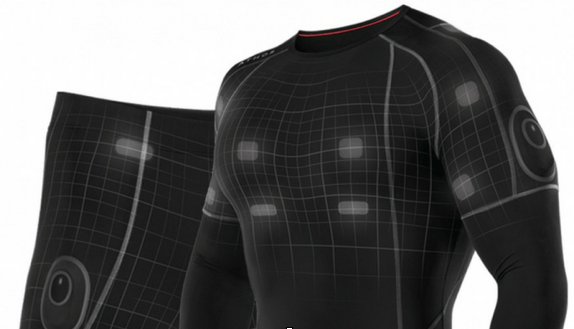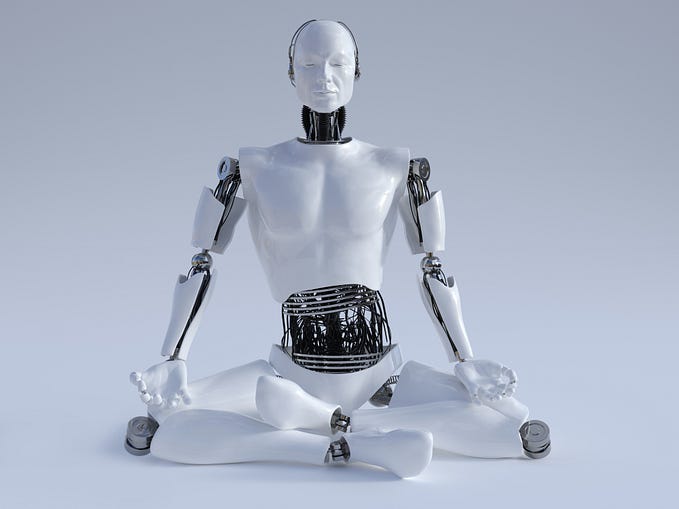Digital Twin in Healthcare: What It Is, What It Does

Digital twin in healthcare is becoming more and more popular.
They help doctors and patients see the same patient from different perspectives, which can save time and money.
A digital twin is a virtual representation of a physical entity, like a machine or a building. It can help you better understand how your equipment is performing, which allows you to make better decisions about how to use it and what repairs need to be made.
Read the full article on my website
For example, let’s say your hospital uses oxygen tanks for its patients. You’d want to know how much oxygen is left in each tank so that you can be sure to keep enough on hand for emergencies.
But if all you have are paper records, it will take time and money for someone to check each tank manually — and that means there’s a chance some tanks could run out before they’re refilled.
But if instead you have sensors attached to those oxygen tanks, which transmit data directly into your database every time they’re checked, then you can easily see which tanks need refilling without having to rely on people manually checking them every day.
That way, when someone needs an emergency transfusion of oxygen, there will always be enough on hand. But there are a few challenges you need to consider before using digital twins in healthcare.
For starters, it’s important to find a twin who is comparable in terms of age, health conditions and other characteristics. You also need to make sure that the twins have similar genetic profiles so that the data is accurate.
Finally, you must ensure that both parties are happy with the dual use of their information. If all these things don’t pan out, your dual use of twins will likely be rejected by either party.
How to design a digital twin in healthcare
A digital twin is a computer-generated image of a person, usually in the form of an avatar. This image can be used to replace a patient in a clinical setting or to help with research.
The benefits of designing a digital twin in healthcare include the ability to improve patient care and research. For example, by creating an accurate replica of a patient’s brain, scientists can study diseases more accurately and learn how treatments work on human cells.
Additionally, by using digital twins as replacements for patients in real life, hospitals can save money on personnel costs and on research projects.
Digital twins are becoming a hot topic in the world of healthcare. They’re used to improve patient care and research, and they can also help hospitals save money on research projects.
Digital twins are replicas of real-world objects or systems, such as a patient’s brain or a car engine. They are created through computer simulation and help scientists understand how things work by allowing them to see what would happen if they changed certain parameters.
For example, if you wanted to test out different medications on a patient’s brain without actually administering them, you could use a digital twin that accurately models their brain structure and simulate those treatments instead.
Scientists have been using digital twins for years now to study diseases like cancer, but recently they’ve started using them as replacements for patients in real life. By using virtual patients instead of real ones during clinical trials, doctors can save money on personnel costs and on research projects.
Hospitals can also use digital twins as replacements during operations so that they don’t need to invest in new equipment or staff members until they know whether or not it works well enough for use in real life.
What are the benefits of designing a digital twin in healthcare
Some of the benefits of designing a digital twin in healthcare include:
- Increased accuracy — By creating a digital replica of a patient’s brain, scientists can study diseases more accurately than if they were relying on physical specimens
- Reduced labour costs — By using digital twins as replacements for patients, hospitals can save money on Personnel costs and on research projects
- Improved communication — By using digital twins, medical staff can communicate with each other more efficiently and effectively than if they were using human counterparts
Read the full article on my website
I was inspired to write this article after my conversation with Prof. Dr. Koen Kas, CEO at HealthSkouts and I wrote about How Can It Be Used in Medical Research in a previuos post. In this episode, we talked about the Future of Healthcare, Wearables , Digital Twins Tech and much more. Furthermore, Prof. Dr. Koen Kas gives incredible insights about the future of Healthcare, specific innovative examples from the Wearables world. As well as how the healthcare business model of the future can be built in the Hospital.
Watch Episode #31 of Digital Health & Wearables Series:
Contact us for more relevant details about digital twin technology. To find out more about how we can help you with your Digital Healthcare Transformation, Healthcare organizational growth, or Healthcare brand positioning, please get in touch via phone +44 (0) 203 3620421 or via e-mail: info@digitalsalutem.com









